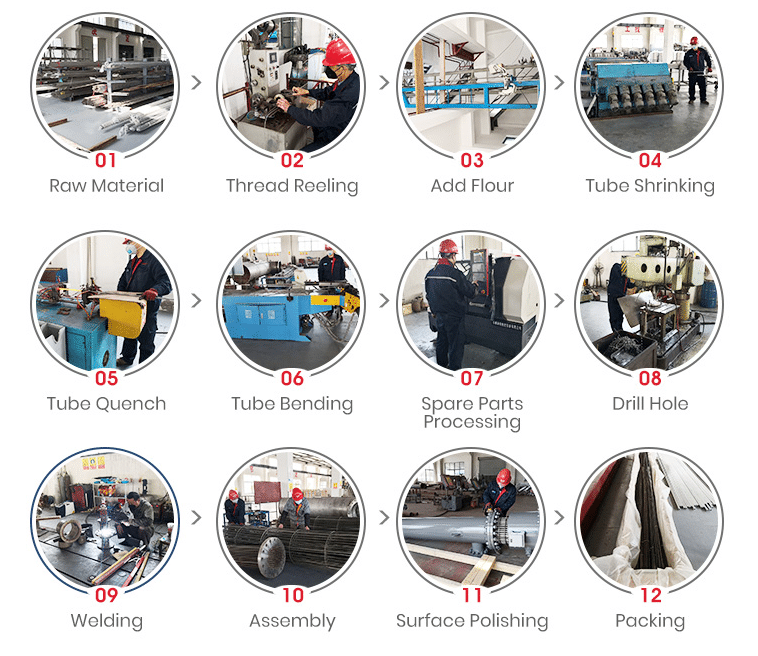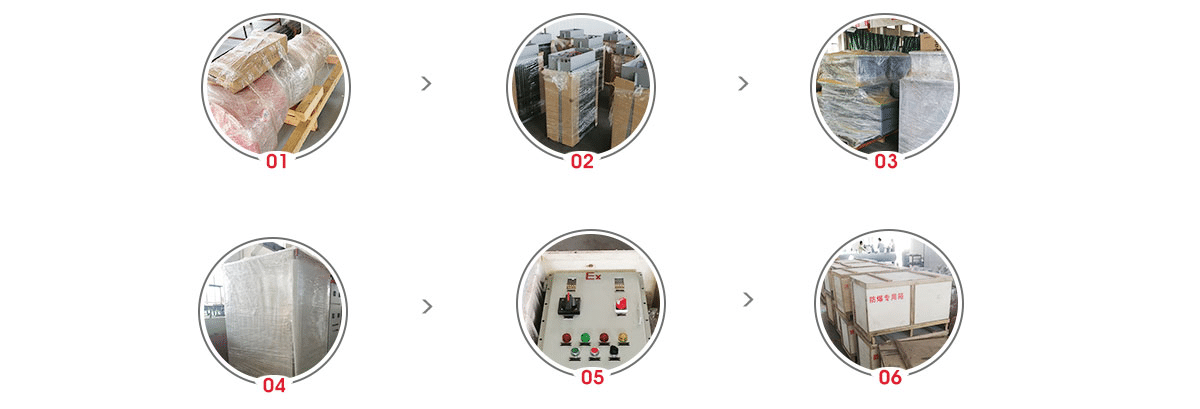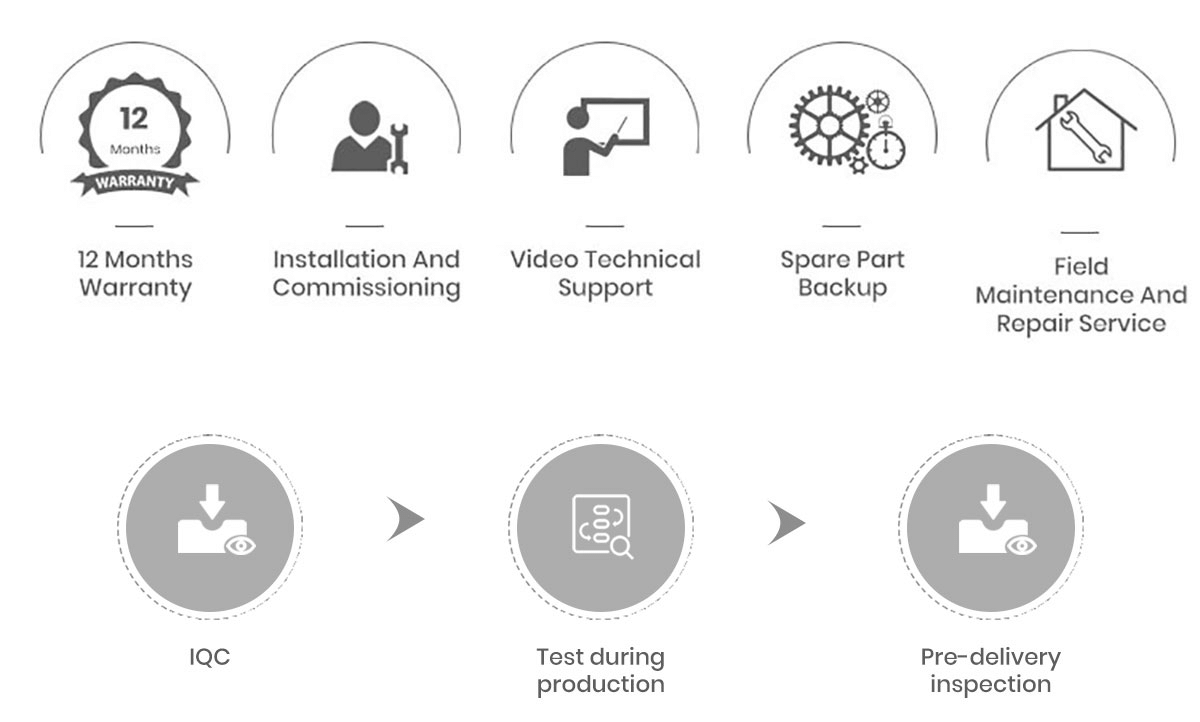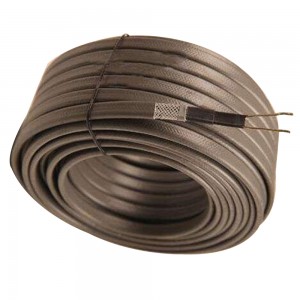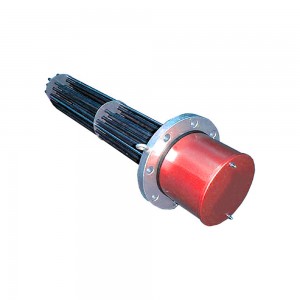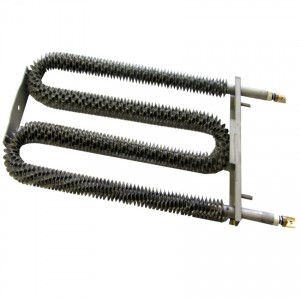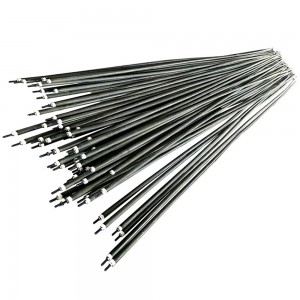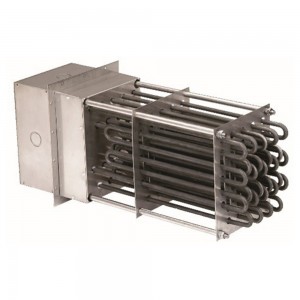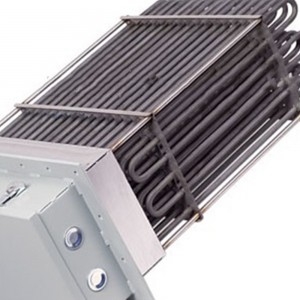Heating trace for piping
Trace heating cables contain two copper conductor wires that are parallel in length which creates a heating zone with a resistance filament in place. With a fixed voltage supplied, a constant wattage is produced which then heats up the zone.
The most common pipe trace heating applications include:
Freeze protection
Temperature maintenance
Snow Melting On Driveways
Other uses of trace heating cables
Ramp and stair snow / ice protection
Gulley and roof snow / ice protection
Underfloor heating
Door / frame interface ice protection
Window de-misting
Anti-condensation
Pond freeze protection
Soil warming
Preventing cavitation
Reducing Condensation On Windows
1.Are you factory?
Yes, we are factory, all customers are more than welcome to visit our factory .
2.What is heat tracing in piping?
Pipe Tracing (a.k.a heat tracing) is commonly used to ensure that process, fluid, or material temperatures within pipes and piping systems are maintained above ambient temperatures during static flow conditions along with providing supplemental freeze protection in certain applications.
3.Does heat tape use a lot of electricity?
Typical heat tape burns electricity at six to nine watts per foot per hour. That means each 100 feet of heat tape operating 24/7 can translate to an added monthly cost of $41 to $62 to operate heat tape.
4.What is constant wattage heat trace?
Constant wattage heat trace cable is more commonly used for process heating and velocity flow control of heavier materials like wax, honey and other viscus material. ... Some constant wattage heat trace cable can be used in corrosive environments and up to maximum temperature ratings up to 797 degrees.
5.What's the difference between heat tape and heat cable?
Heat trace cable is somewhat stiff, but it's pliable enough to wrap it around your pipes, and it does not shrink; Heating tape is extremely flexible, therefore it's better for tight contours and oddly shaped pipes. ... It needs to be wrapped perfectly and tight around each pipe.
